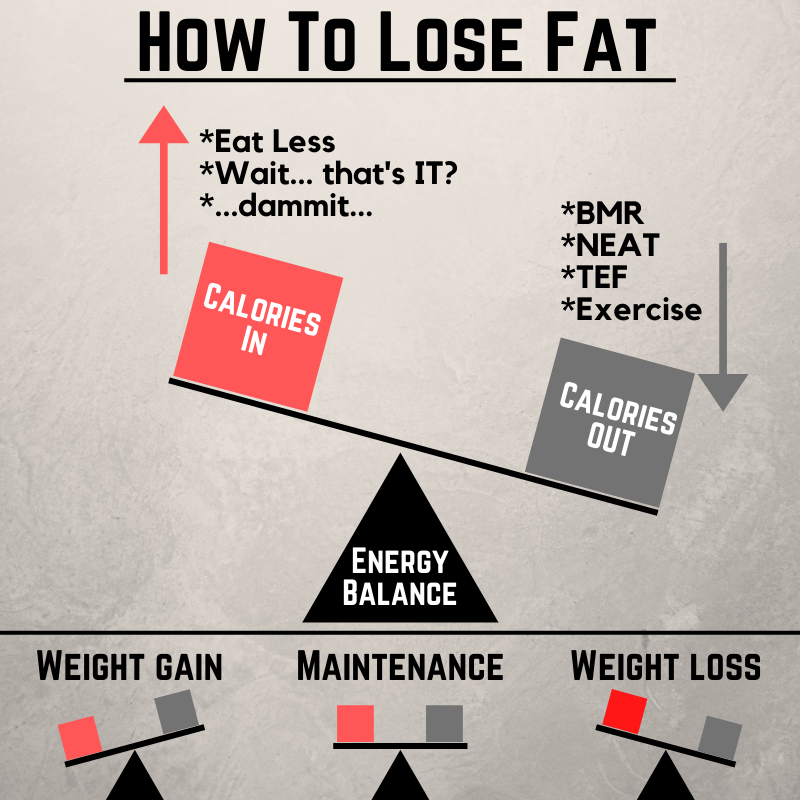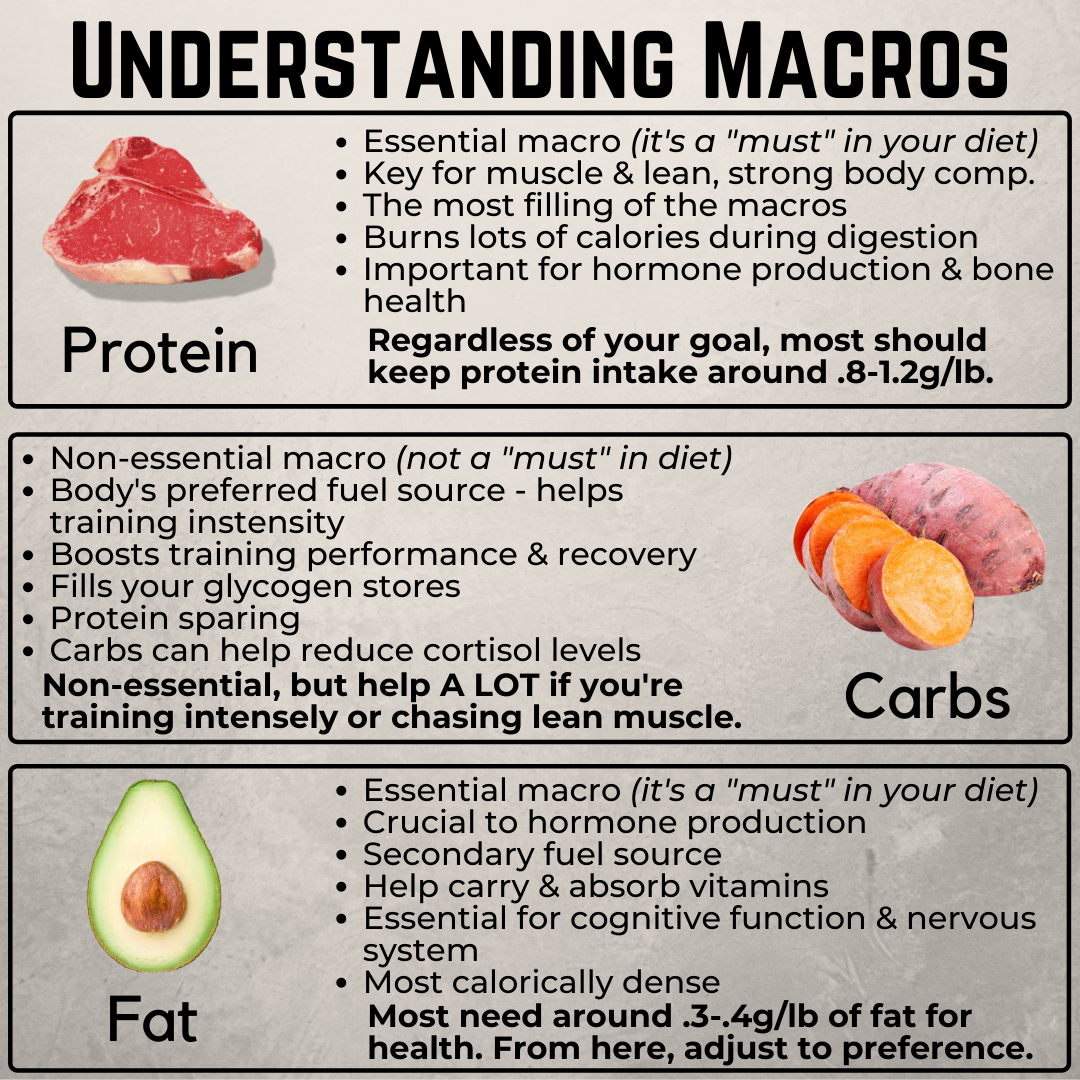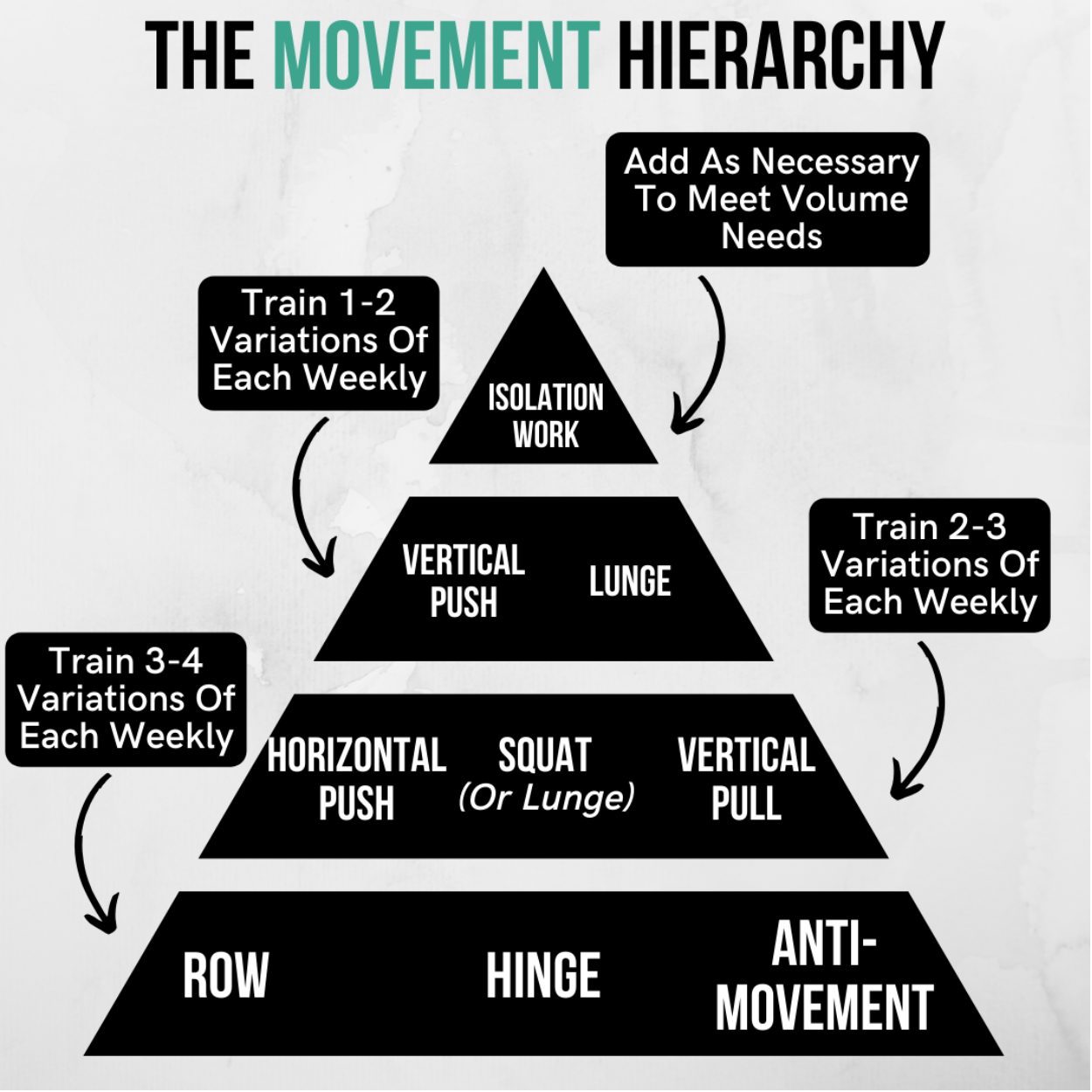How confident are you that you've actually made progress in the gym over the last year?
The reality is, very few people make progress after their first year of training.
Instead, most spend years in the gym spinning their wheels, allowing a few simple mistakes to kill their progress.
So if you've been training for multiple years, but your body doesn't reflect all of your work in the gym, this blog is for you.
These are the 7 things you need to do as an intermediate to advanced lifter to start making progress in the gym again ↴
1. Follow A Progression Scheme
Without a smart progression scheme built into your training program, you'll find yourself doing the same sets, reps, and weight for months on end.
The reality of being an intermediate or advanced lifter is, we often need progression schemes built into our program to force us to get more uncomfortable, and keep pushing.
A (relatively) simple, but super effective progression scheme I love to implement with online clients looks something like this:
1. We're decreasing Reps In Reserve (RIR) the mesocycle (a 4-8 week block of training). For example...
→ Week 1: 3RIR on all sets.
→ Week 2: 2RIR on all sets.
→ Week 3: 1RIR on all sets.
→ Week 4: 0-1RIR on all sets.
→ Week 5: Deload - 3-4RIR on all sets.
2. Use a rep range (e.g. 8-12).
3. Keep close track of your reps & load used for each set in your logbook (my clients use the TrueCoach app). The goal here is to beat your previous performance on a per set basis weekly, by either adding an extra rep or increasing load slightly.
This progression works very well for online clients. The decrease in RIR across week allows us to use Week 1 to feel out any new exercises, and "Set the bar" you need to improve upon weekly.
The RIR progression allows clients lots of productive time training, but we're not always so close to failure that fatigue outweighs recovery.
The pitfall the most lifters fall into when they can no longer and 5lbs to each side or the bar weekly, is simply doing the same sets, reps, and weight for weeks on end. Or, simply doing the reps and weight that feel good on any given day.
^Both good ways to make very little progress for all your time in the gym.
This progression scheme gets clients hyper-focused on improving every set from the previous weeks performance, which is the reality of what it takes to progress as an intermediate to advanced lifter.
Now, as you can tell, I'm a big fan of this progression scheme in particular - that's exactly why I use it in my 8 Week Muscle-Building Program releasing next week (click here now to hop on the waitlist) - but this is far from the only progression scheme out there.
Your training volume (the number of hard sets you're doing) shouldn't stay exactly the same for months.
You need a smart progression the manipulates volume and intensity across a mesocycle built into your program.
2. Quit Switching Things Up So Often
The reality is, there is no such thing as "muscle confusion"... "switching it up" too frequently will actuallky kill your progress.
When you implement a new movement, it takes your body time to learn the "skill" of the movement. This is why the first few weeks of implementing a new movement, you'll see big jumps in strength - it's not that you've built a huge amount of lean muscle from last week - but your body has learned how to become more efficient at the movement (more skilled), allowing you to lift more weight, without necessarily building more muscle.
The problem is, building muscle requires fatiguing your muscle fibers to a point near failure.
And when you're "unskilled" at a movement, fatiguing the targeted muscle fibers enough to stimulate growth becomes much more unlikely, as your body & brain are simply trying to learn the skill of the new movement.
Plus, if you're always switching movements, there's no way to track progress across weeks, months, and years. It's like using a different scale every time you weigh yourself.
Using the progression above as an example, after the first few weeks of progressing a movement is when online clients really start to learn what loads and reps are needed to achieve true effective reps (the last few reps of a set that fatigue your muscle fibers enough to stimulate growth). This is where the most progress happens.
Now, this doesn't mean to never switch things up. Because we also want to be sure training programs stay engaging for clients.
But as a general rule of thumb, you can keep all movements the same across a 4-6 week mesocycle, and should keep your primary metric-based movements much longer. The more "complex" a movement is, the longer it should stay in your training.
3. Keep A Logbook
The "why" here should be pretty apparent from the last two points.
Building the lean, strong body you want requires continuously doing a bit more work across a mesocycle, and across multiple mesocycles.
For beginners, it's easy to simple add weight to the bar every week.
For intermediate and advanced lifters, progress often looks like simply adding a rep with the same weight as last week, or hitting the same reps and load, but with a decreased RIR.
Tracking sets, reps, weight used, and RIR is one of the most valuable things you can do - since you won't be able to just add 10lbs to the bar from last week, your logbook shows you other areas you can make progress.
It also forces you to face the music if you aren't making progress, and re-asses your training strategy.
I love the TrueCoach app here. It allows you to quickly look back across your entire training history for any given movement. This is what all of my 1-1 online clients use, and what you'll be using for the 8 Week Fat Loss & Muscle Building Programs releasing next week.
4. Standardize Your Reps
All this talk of findings ways to "do a bit more" makes no difference if your form is consistently getting worse as reps or load increase.
Your should have....
1. A specified "start" and "end" point for each movement - For example, your Barbell Bent Over Rows "start" point could be the floor. The "end" point could be touching your sternum. If you're adding load and/or reps, but your range of motion for the movement is shorter than it was last week, you're likely not actually making progress. Establishing a start & end point clears this up.
2. Intra-set "breather" guidelines - Ever done a rest-pause set? You take a set close to failure, rest 3-5 seconds, crank out another rep or two, rest 3-5 more seconds, repeat. Really, although the initial set likely felt very close to failure, you can often achieve quite a few more reps by resting a bit at the top of every rep.
The problem is, it's all too easy to accidentally use this technique to inflate your training numbers.
For example...
Let's say last week you squatted 225x8. Between the last 3 reps of the set, you rested 3 seconds at the top of the movement
This week, you squatted 225x9. Between the last 5 reps, you rested 4-7 seconds at the top of the movement.
So did you really get stronger or push closer to failure than last week, or did you just rest longer between reps?
Establishing how long and how many "breathers" will be allowed in a set is extremely helpful in standardizing this, and ensuring you're really making progress.
I like Steve Hall of Revive Stronger's recommendation of limiting intra-set breathers to a maximum of 3 per set, at a length of 3 seconds each.
3. Form standards - Similar to the above, if you're adding load or reps, but you're progressively "cheating" more each week, you're not actually building muscle.
Simply recording form videos at least once a mesocycle (I prefer the last week before a deload) helps ensure form is up to par.
5. Get An Objective Opinion On Your Effort
The level of effort in our heads vs. the actual effort we're putting in to our lifts are often much different.
Since we do know that training close to failure is essential to muscle growth, it's important to be honest about how hard you're really training.
With my online clients, this means assessing their logbooks and often form videos. I have a coach, who does the same form me.
This is also why everyone in the 8 Week Fat Loss & Muscle Building Programs releasing next week will have access to a private community, where I'll be assessing form, effort, etc.
6. Committed Cutting & Building Phases
Body recomposition - a.k.a. building lean muscle and losing fat simultaneously is of course what we all want. And it is very achievable. I see this all the time with new online clients (even advanced ones like in this client case study) .
For new online clients - even those that have been training for years - this is often the first time they've had their training, nutrition, sleep, management of life stressors, etc. dialed in simultaneously. In situations like this, we can achieve a great recomposition effect in the first 3-6 months.
But the reality is, the longer your training & nutrition have been on point, the harder it is to build muscle and lose fat at the same time.
Unfortunately, many people spend years training without ever making progress, due to always bouncing back & forth between trying to get leaner and building muscle.
Another common mistake is simply trying to stay to lean year round.
Eating more calories than you burn in a day (although not required) is much more permissive to muscle growth. Muscle tissue is very calorically expensive, so if you body senses a shortage of calories, it won't prioritize muscle-building.
So for intermediate to advanced male and female lifters, this means that long periods of time devoted to eating more and building (usually 6-18 months) are essential to adding the amount of muscle necessary to achieving a lean, strong physique.
For a complete guide to what the building process looks like, check out Building Phases For Women: Nutrition & Training Guide and The Lean Gains Blueprint.
7. Follow A Smart Training Program
By this point, you've undoubtedly realized...
Failure to follow a smart training program will cripple your results for years.
If you're going to the gym without structured, well-thought training program, you're not going to make progress as an intermediate or advanced lifter.
Don't let another year of hard work in the gym go by without making visible progress.
Hop on the waitlist below, and get ready for an 8 week program that will help you achieve your best body composition ever, give you more confidence in your ability to program for your clients, and take away any fear that you're "not doing the right thing" in the gym ↴

About The Author
Jeremiah Bair is a certified nutrition coach, strength coach, and owner of the online coaching business Bairfit. Check out his Podcast and Instagram Page for more free educational content.













































































